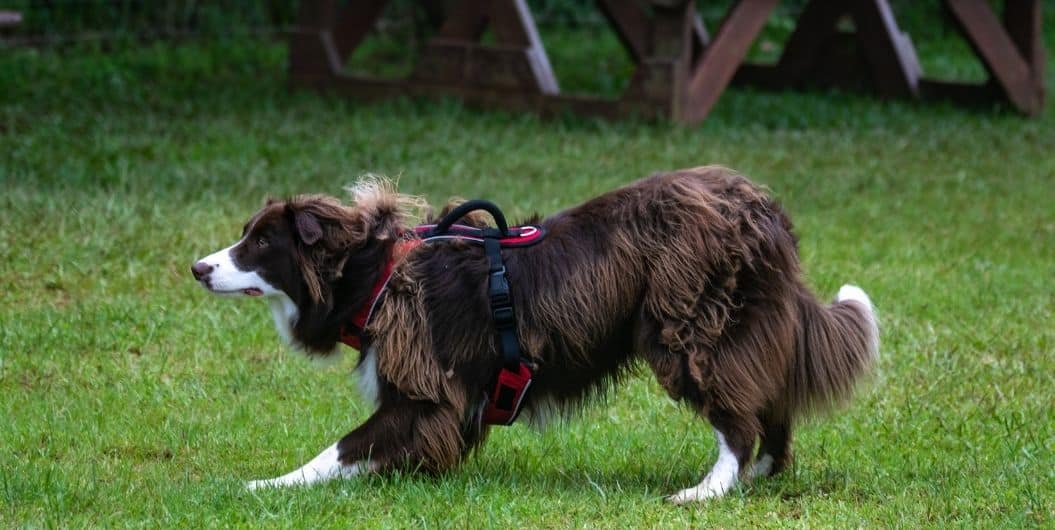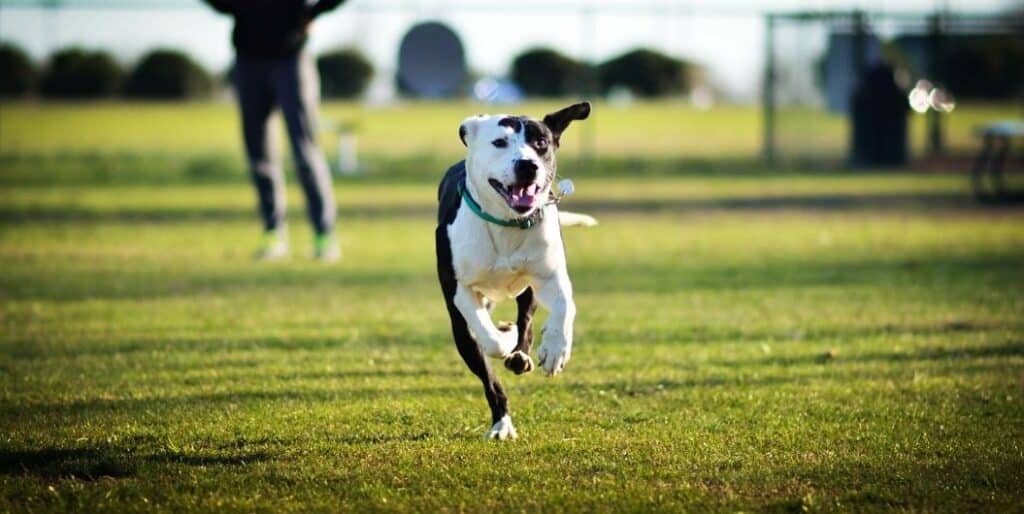Is my Dog Ready for the Dog Park?

Rover or Spot needs some time to run, and the weather is beautiful. You may fortunately be able to give your dog a trip to a nearby dog park, where he or she can run untethered and interact with other canines. Yet before you visit such a park, you should consider whether your dog is ready for the dog park.
There are some reasons why a dog may not be ready for the dog park. First, your dog should be spayed or neutered before visiting, unless you want to be the proud grandparent of a litter of puppies. Female dogs in heat can cause fighting to break out among unaltered males, and it’s important to avoid this when possible, by not allowing a female unspayed dog in the park to create problems, or by protecting your unaltered male dog from the possibility of such fights.

Another thing you should consider as to whether you and your canine pal are ready for the dog park is your dog’s health in general. Is the dog up on vaccinations, treated for fleas, and not harboring any illness that might infect other dogs? For your own dog’s sake, don’t count on the health of other dogs at the dog park — be sure your dog is current on all veterinarian recommended vaccinations. For the sake of other animals, don’t take a sick animal to the dog park, especially if you’re unsure whether this illness is contagious.
You should evaluate the behavior of your animal to determine if he or she is ready for the dog park. Most animal trainers recommend that first your dog should respond consistently to a “come” command. Additionally, a dog may not be ready for the dog park if he or she has shown aggression to other dogs. If this is the case, you really need to control the circumstances under which your dog meets other animals, with the help of a good trainer or through behavior classes. Once the dog is reliably passive around other animals, a dog park may be the perfect day out for your dog.
However, some animal trainers are quick to point out that you can vouch for your own dog, but you can’t vouch for other dogs’ behavior once you get to the park. You might want to visit dog parks during off hours, as for example toward evening, when there are fewer dogs there. Sometimes when dogs get together in packs it can be overwhelming; so normally visiting when there are a fewer dogs can be to your dog’s advantage. Remove your dog from the park if you note another animal being aggressive, or survey the park first and watch the behavior of other animals before you enter the dog park.

There are some alternatives to dog parks if you’d like to give your dog some “nearly” off leash time. You can take a dog to a secluded beach, field, et cetera, and use a long rope 25-50 feet (7.62-15.24 m) attached to the dog’s leash or collar, which will allow them to run for a distance. This can prove a great way to help dogs get extra exercise, while still keeping them on leash.
On the other hand, if you feel your dog is ready for the dog park, there are a few last minute suggestions. Bring along some water for the dog to drink, and a towel in case there’s a water play area in the park. You also might want to bring a treat or two, but don’t bring these into the confines of the park unless you can keep them well concealed. If you give treats to your dog in the park, you might find yourself the center of attention for every dog there. Don’t forget to take some clean up bags so you can help keep the park a nice environment for all dogs and their owners.






